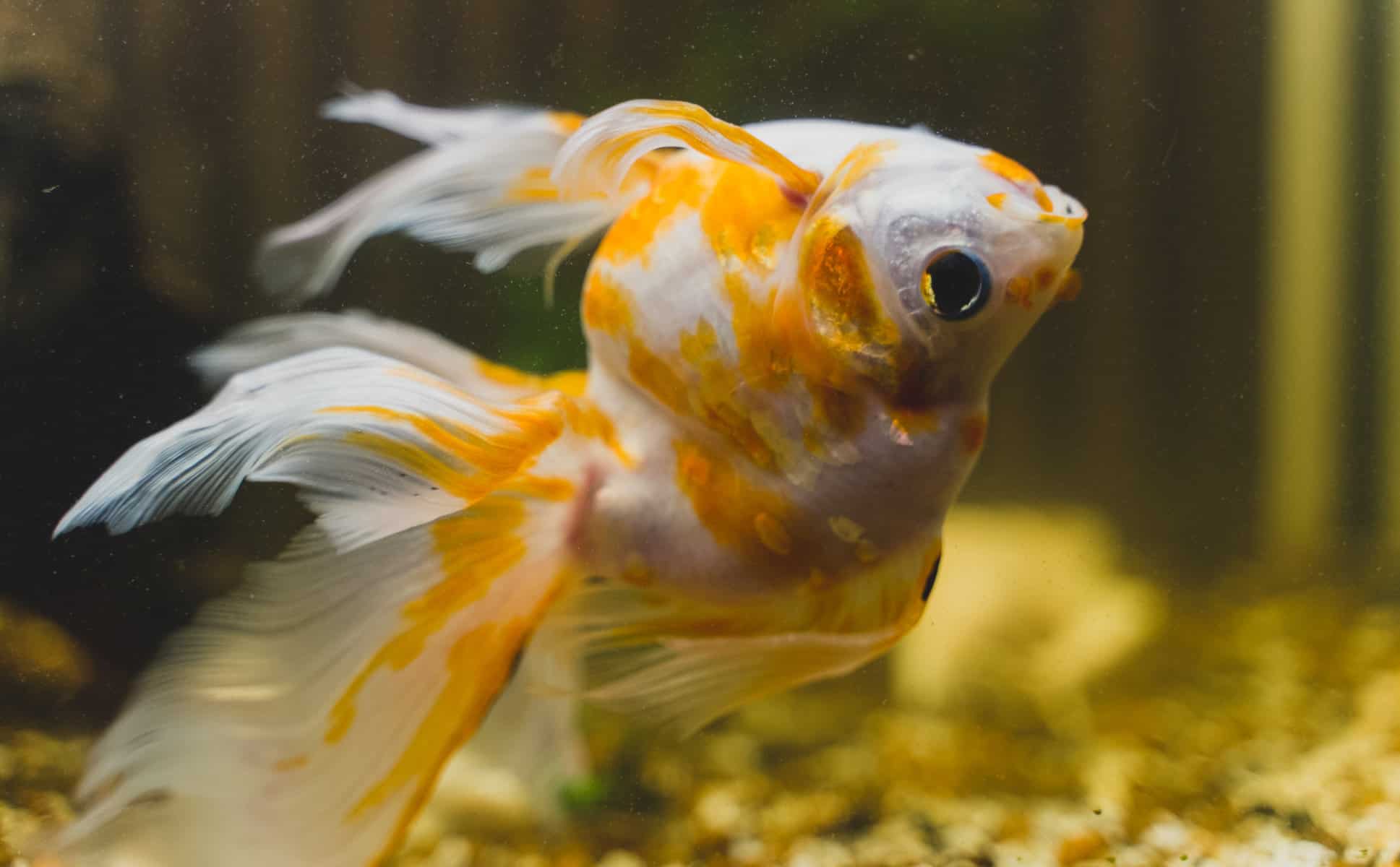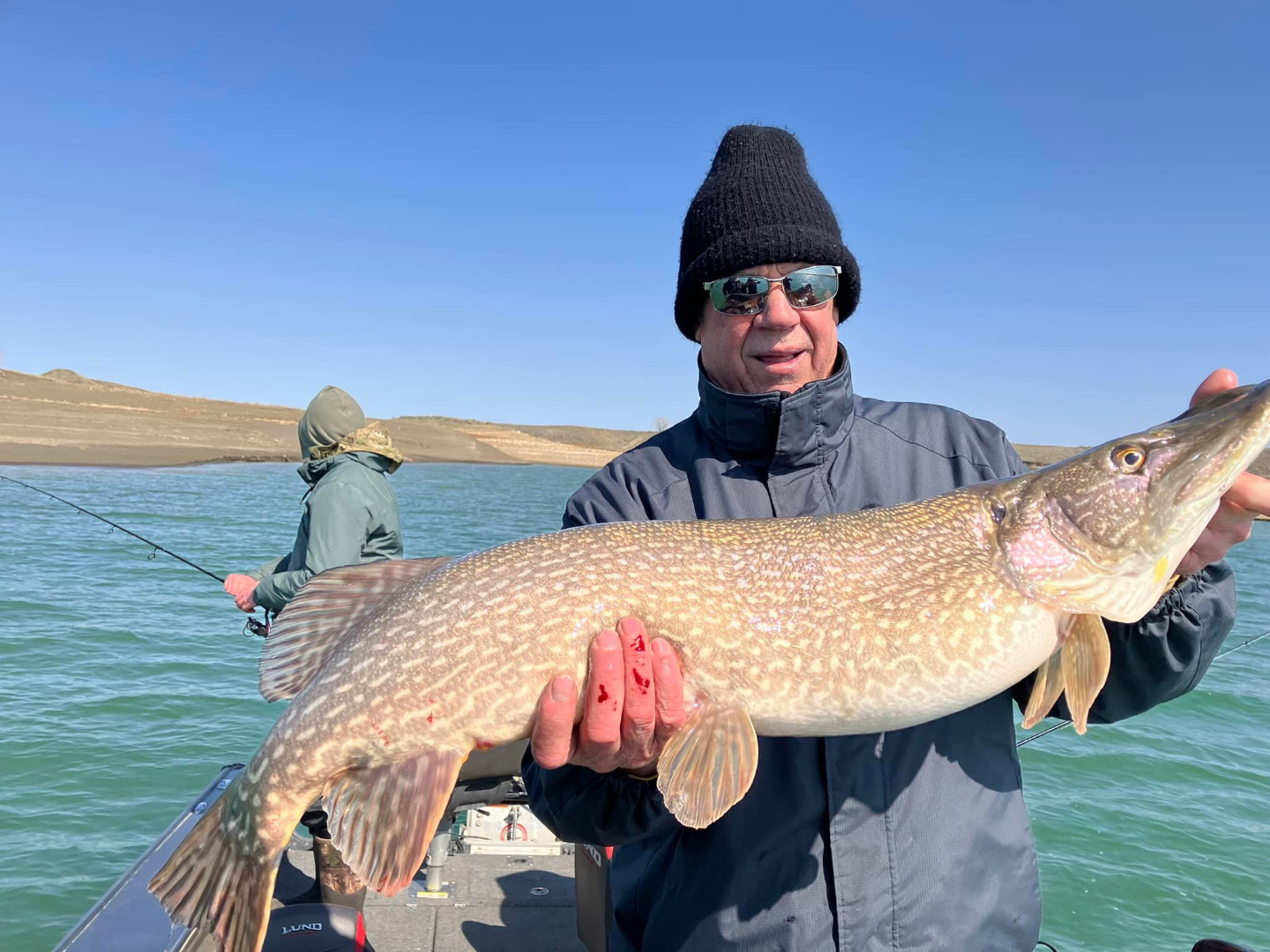Montana Fish Burns: A Wildfire Phenomenon That's Catching Everyone's Attention
When you hear the term "Montana fish burns," you might think it's some strange local recipe or a bizarre fishing technique. But hold up, because it's actually a fascinating natural occurrence that's turning heads. Imagine this: wildfires so intense they affect the fish population in nearby rivers and lakes. Sounds wild, right? Well, it's happening in Montana, and it's got scientists, anglers, and environmental enthusiasts buzzing. Let's dive into the deep end of this fiery topic.
Montana, with its stunning landscapes and abundant wildlife, is no stranger to wildfires. But when these fires start impacting aquatic life, it raises serious concerns. The phenomenon of fish burns isn't just about flames licking the water's edge; it's about understanding how wildfires alter ecosystems and the delicate balance of nature. This isn't just a local issue; it's a global wake-up call about the interconnectedness of our environment.
As we explore this topic, we'll delve into the science behind fish burns, the impact on Montana's ecosystems, and what this means for the future of our planet. Buckle up, because this journey is going to be as wild as the fires themselves!
- The Ultimate Guide To Wwwbeeg A Comprehensive Overview
- The Ultimate Guide To Sharon Cases Reallife Partner
What Are Montana Fish Burns?
Let's break it down. Montana fish burns refer to the adverse effects wildfires have on fish populations in rivers and lakes. When wildfires rage through forests, they don't just burn trees and vegetation; they also alter the water systems. The ash and debris from the fires can clog waterways, increase water temperatures, and reduce oxygen levels, creating a hostile environment for fish. It's like a perfect storm of environmental challenges.
Here are a few key points to keep in mind:
- Wildfires can cause sediment runoff into water bodies, leading to murky waters.
- Increased water temperatures can stress fish and make them more vulnerable to diseases.
- Reduced oxygen levels can suffocate fish, leading to mass die-offs.
It's not just about the fish, though. The ripple effect of fish burns can impact the entire food chain, from insects to birds and larger predators. This is why understanding and addressing this issue is crucial for preserving Montana's rich biodiversity.
- Breaking Sophia Loren An Enduring Icon In 2024
- The Ultimate Guide To Aj Hawk Net Worth 2023 A Deep Dive Into The Life And Wealth Of The Former Nfl Star
The Science Behind Fish Burns
Now, let's get scientific. When wildfires burn through forests, they release tons of ash and debris into the atmosphere. This material eventually settles into nearby water bodies, causing a chain reaction. The ash can increase water acidity, which is bad news for fish. Plus, the heat from the fires can warm up the water, making it harder for cold-water species like trout to survive.
How Wildfires Impact Water Quality
Water quality is a big deal when it comes to fish burns. Here's how wildfires mess with it:
- Turbidity: Wildfires increase the amount of sediment in water, making it murky and harder for fish to see and breathe.
- Temperature: Warmer water holds less oxygen, which is a problem for fish that need cool, oxygen-rich environments.
- Toxicity: The chemicals released during wildfires can contaminate water, further harming aquatic life.
It's like a triple whammy for fish, and scientists are racing to find solutions to mitigate these effects.
Montana's Unique Ecosystems
Montana is home to some of the most beautiful and diverse ecosystems in the world. From the towering peaks of the Rocky Mountains to the sprawling plains, the state boasts a rich variety of wildlife. But these ecosystems are under threat from wildfires, and fish burns are just one symptom of a larger problem.
Key Species at Risk
Some of Montana's iconic fish species are particularly vulnerable to fish burns. Here are a few:
- Cutthroat Trout: A native species that thrives in cold, clear waters.
- Northern Pike: A predatory fish that plays a crucial role in maintaining the balance of aquatic ecosystems.
- Walleye: A popular game fish that contributes to Montana's fishing industry.
Protecting these species is vital for preserving the state's natural heritage and supporting local economies.
The Human Impact
Let's not forget about the human element. Montana's fishing industry is a significant part of the state's economy, supporting thousands of jobs and bringing in millions of dollars in revenue each year. When fish populations decline due to fish burns, it affects everyone from commercial fishermen to recreational anglers.
Economic Consequences
The economic impact of fish burns is staggering. Here are a few stats to consider:
- Fishing-related tourism generates over $1 billion annually in Montana.
- Wildfires have caused a 20% decline in fish populations in some areas, leading to reduced catches and lost income for fishermen.
- Restoration efforts can cost millions of dollars, further straining local budgets.
It's a vicious cycle that needs to be broken if Montana's fishing industry is to survive.
Climate Change and Its Role
Climate change is the elephant in the room when it comes to wildfires and fish burns. Rising temperatures, changing precipitation patterns, and increased drought conditions are all contributing to more frequent and intense wildfires. And as these fires grow in size and ferocity, their impact on fish populations becomes more severe.
Adapting to a Warmer World
So, what can be done? Here are a few strategies to help mitigate the effects of climate change on fish burns:
- Implementing better forest management practices to reduce wildfire risks.
- Restoring damaged habitats to support fish populations.
- Encouraging sustainable fishing practices to ensure long-term viability.
It's going to take a collective effort to tackle this issue, but it's not impossible.
Conservation Efforts in Montana
Montana isn't sitting idly by while its fish populations are threatened. Various conservation groups, government agencies, and local communities are working together to combat fish burns and protect the state's natural resources.
Success Stories
There are some inspiring success stories to share:
- The restoration of the Clark Fork River, which has seen a resurgence in fish populations after years of habitat improvement efforts.
- Community-led initiatives to monitor water quality and report any signs of fish burns.
- Collaborative research projects between scientists and local fishermen to better understand the impacts of wildfires on aquatic ecosystems.
These efforts show that with determination and cooperation, it's possible to make a difference.
What You Can Do
So, what can you do to help? Whether you're a resident of Montana or just a concerned citizen, there are plenty of ways to get involved:
- Support conservation organizations working to protect Montana's fish populations.
- Practice responsible fishing and follow local regulations to minimize your impact on the environment.
- Stay informed about wildfire risks and take steps to reduce your own carbon footprint.
Every little bit helps, and together, we can make a big difference.
Looking to the Future
As we look ahead, it's clear that addressing fish burns in Montana will require a multifaceted approach. From better forest management to more sustainable fishing practices, there are many ways to tackle this issue. But it's going to take a commitment from everyone involved to make real progress.
The Importance of Education
Education is key to solving this problem. By raising awareness about the impacts of wildfires on fish populations, we can inspire more people to take action. Whether it's through school programs, community workshops, or online campaigns, spreading the word is essential.
Conclusion
Montana fish burns are a complex issue with far-reaching consequences. From impacting local ecosystems to affecting the state's economy, this phenomenon highlights the importance of protecting our natural resources. By understanding the science behind fish burns and taking action to address the root causes, we can help ensure a brighter future for Montana's fish populations and the people who depend on them.
So, what's next? We encourage you to share this article with your friends and family, start a conversation about fish burns, and get involved in conservation efforts in your community. Together, we can make a difference and preserve the beauty and biodiversity of Montana for generations to come.
Table of Contents
- What Are Montana Fish Burns?
- The Science Behind Fish Burns
- Montana's Unique Ecosystems
- The Human Impact
- Climate Change and Its Role
- Conservation Efforts in Montana
- What You Can Do
- Looking to the Future
- Conclusion



Detail Author:
- Name : Megane O'Reilly
- Username : audrey69
- Email : ckassulke@maggio.com
- Birthdate : 1989-09-29
- Address : 51171 Abshire Fields Pfannerstillfurt, RI 82572-8280
- Phone : 786.382.9238
- Company : Hoeger Inc
- Job : Forester
- Bio : Nulla corporis omnis error quia quaerat et enim. Dignissimos aut quis quam laborum. Quis quia ipsa nostrum tempore molestiae saepe corporis. Eum repellat temporibus placeat voluptatum dolore autem.
Socials
linkedin:
- url : https://linkedin.com/in/everette_id
- username : everette_id
- bio : Distinctio aliquam nihil quam molestias voluptas.
- followers : 4325
- following : 840
facebook:
- url : https://facebook.com/everette9734
- username : everette9734
- bio : Nulla distinctio provident eligendi architecto corporis nemo.
- followers : 3718
- following : 1615
instagram:
- url : https://instagram.com/everette669
- username : everette669
- bio : Rerum nemo impedit incidunt ut facilis. Eius quaerat voluptatum dolor sed cupiditate.
- followers : 6603
- following : 1617
tiktok:
- url : https://tiktok.com/@everette.beier
- username : everette.beier
- bio : Deserunt incidunt tempore dolores unde.
- followers : 5603
- following : 1831
twitter:
- url : https://twitter.com/everette.beier
- username : everette.beier
- bio : Nesciunt expedita enim ducimus vel. Sed accusantium autem qui in. Explicabo minima quo error corrupti est aut.
- followers : 2781
- following : 541